Praga Warsaw Guide: Discovering the Soul of Poland's Capital
Discover Praga Warsaw, the city's most authentic district. This guide covers street art, pre-war architecture, local markets & the wild Vistula riverbanks.
Karolina K.
10/7/20258 min read
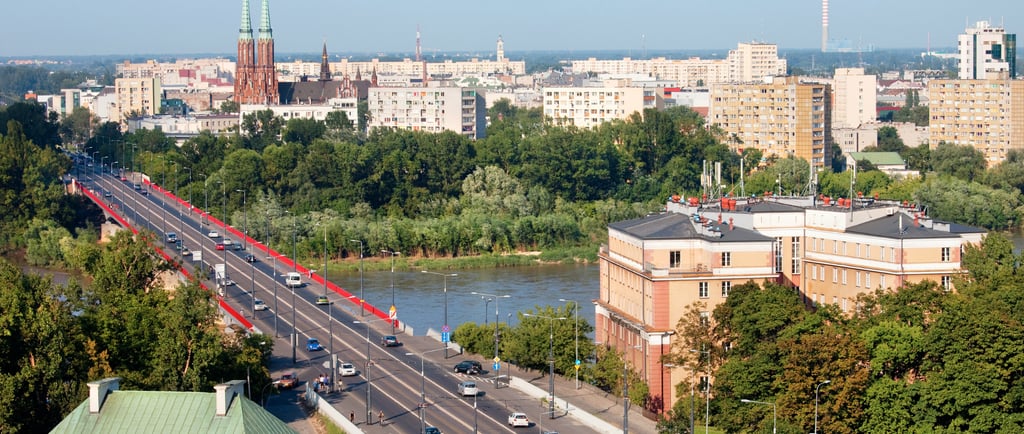

When most tourists visit Warsaw, they stick to the beautifully reconstructed Old Town and the gleaming skyscrapers of the city center. But cross the Vistula River to the right bank, and you'll discover Praga – a neighborhood that feels like stepping into a different city entirely.
Welcome to Warsaw's most authentic district, where pre-war tenement buildings still bear bullet holes, street art covers crumbling walls, and locals speak their own dialect. This is the Praga Warsaw guide you need to explore the capital's most atmospheric – and complex – neighborhood.
What Makes Praga Special?
Praga is Warsaw's phoenix rising from the ashes – quite literally. While the left-bank districts of Warsaw were destroyed during World War II, Praga survived relatively intact. This means you're walking through authentic streets that witnessed centuries of history, not post-war reconstructions.
But here's what makes Praga truly fascinating: it's a neighborhood caught between worlds. On one hand, you have authentic working-class heritage, tight-knit communities, and centuries-old traditions. On the other, rapid development, trendy cafes, and rising property prices are transforming the district before your eyes. This tension between preservation and progress, between old and new residents, creates an energy you won't find anywhere else in Warsaw.
The Praga Spirit: Genius Loci
There's something locals call the "genius loci" of Praga – a unique spirit that's hard to define but impossible to miss. It's in the pre-war courtyards where neighbors still know each other's names. It's in the Praga dialect you'll hear in local markets. It's in the slower pace of life, the directness of people, and the authentic "village atmosphere" that somehow survives in the heart of a capital city.
One local described it perfectly: "In Praga, you say hello to people on the street – something that usually doesn't happen in the center of a city."
A Brief History Worth Knowing
Understanding Praga's past makes your visit richer and helps you appreciate the complexity of what you're witnessing.
The Early Days: First mentioned in 1432, Praga served as a trading village where nobility from the east could rest before entering Warsaw. It received city rights in 1648 and flourished as a market town – the name "Praga" itself relates to its marketplace identity.
The Tragedy: In 1794, during the Kościuszko Uprising, Praga suffered the devastating "Praga Massacre" where half its population was killed and the district was destroyed. Napoleon later ordered remaining buildings demolished for fortifications, turning the area into near-ruins.
Industrial Boom: The second half of the 19th century brought transformation. Railway stations (Petersburg Station in 1862, Terespol Station in 1866) and the first permanent bridge made Praga an industrial powerhouse. Low land prices attracted factories, transforming it into a working-class district with its own distinct culture.
Modern Transformation: Until the 1990s, Praga-Północ had a reputation as rough and even dangerous. The opening of the second metro line changed everything, making it accessible and sparking its current renaissance. In just five years, Praga went from having the lowest real estate prices in Warsaw to some of the highest – a transformation that brings both opportunities and challenges.
Must-See Places in Praga
Różycki Bazaar
Start your Praga exploration at Warsaw's oldest marketplace, operating since 1901. This is the beating heart of the district, a place that connects Praga's trading past with its multicultural present.
The bazaar recently underwent controversial modernization – shipping containers replaced traditional stalls, earning the unfortunate nickname "containerization" from locals. It's a microcosm of Praga's tensions: progress versus preservation, investment versus authenticity. But it remains a vital gathering place where you can buy everything from fresh produce to vintage clothes, and where different communities – Polish, Ukrainian, Vietnamese – intersect.
Pro tip: Come in the morning for the full experience when vendors are most animated and the atmosphere is electric.
Koneser Center
This beautifully restored vodka distillery complex is Praga's most ambitious heritage reuse project – and its most controversial. The complex now houses the Polish Vodka Museum, offices, high-end shops, and upscale restaurants.
The architecture is undeniably impressive. Red brick industrial buildings have been meticulously restored with attention to detail and quality materials. The vodka museum is genuinely fascinating, and the courtyard is perfect for coffee.
But here's the complexity: many locals call Koneser "a spaceship that landed in Praga" or compare it to Disneyland. The criticism isn't about the restoration quality – it's about the disconnect. As one resident put it: "You could be in any renovated European city. Where's the spirit of Praga?"
Visit Koneser, but also notice the contrast with surrounding streets. This juxtaposition tells you everything about Praga's current transformation.
The Tenement Houses: Beauty and Struggle
Those gorgeous 19th-century tenement buildings you'll photograph? They're central to understanding Praga's complexity.
For tourists and newcomers, they represent authentic pre-war Warsaw – rare survivors with original facades, courtyards, and architectural details. The inner courtyards aren't just picturesque; they're genuine community spaces where neighbors gather and kids play.
For residents? The reality is often different. Many buildings lack proper heating, have humidity problems, and facades literally falling apart. As one architect asked: "Even if we had money to preserve them, who will live inside? I wouldn't, because it's not a good place to live."
This tension between heritage preservation and livability is real. When you admire these buildings, remember you're looking at someone's challenging daily reality, not just a pretty facade. It's what makes Praga's gentrification story more complex than simple "old neighborhood gets trendy."
Street Art and Hidden Courtyards
Praga is an open-air gallery, but it's different from street art you'll see in Berlin or London. Here, murals coexist with religious shrines, bullet holes, and traces of authentic working-class life.
Wander down Stalowa Street and peek into courtyards to discover:
Stunning murals by local and international artists
Small Catholic shrines where locals still light candles and bring flowers
Art deco details on doorways and gates
Layers of history – from pre-war elegance to wartime scars to contemporary art
Don't just walk the main streets. The magic of Praga is in its details and contradictions.
Targowa Street
This historic trading street showcases beautiful pre-war tenement buildings, including the Rothblith tenements (considered among Praga's oldest). Near the bazaar, you'll find the newly opened Museum of Warsaw Praga at Targowa 50/52.
The street perfectly captures Praga's character – faded grandeur mixed with vibrant contemporary life, traditional shops alongside new boutiques, elderly locals chatting with young artists.
Plac Weteranów 1863 (Veterans of 1863 Square)
This charming square shows what works in Praga. Historic architecture surrounds a pleasant public space that locals actually use – not a tourist attraction, but a real neighborhood gathering place.
Grab lunch at the milk bar (bar mleczny) for an authentic Polish experience at ridiculously low prices. These socialist-era cafeterias serve traditional food and remain genuinely popular with working-class Praga residents. Then notice the modern cafe next door – that contrast is today's Praga.
Cathedral of St. Mary Magdalene
This stunning Orthodox cathedral, built after 1867 during Russification, dominates Plac Wileński with its green domes. It reflects Praga's multicultural heritage – historically home to significant Jewish, Orthodox, Armenian, and Vietnamese communities.
The cathedral isn't just architecturally beautiful; it represents layers of history, religious tolerance, and the diverse identities that shape Praga.
Praga Park and Warsaw Zoo
Need a break from urban complexity? Praga Park, established after the January Uprising, offers green space and calm. The Warsaw Zoo, created within the park between the wars, tells the incredible story of zookeepers who saved Jews during the Holocaust (the subject of "The Zookeeper's Wife").
Wild Vistula Banks: Praga's Hidden Gem
One of Praga's best-kept secrets is its riverside – completely different from the manicured left bank. The right bank retains wild, natural character as part of Natura 2000 environmental protection.
This rare urban wilderness offers:
Sandy beaches perfect for summer relaxation
Bike paths with stunning views across Warsaw
Outdoor gyms and sports facilities
Waterfront cafes and bars
Water tram stops (take one for a unique perspective)
Genuine local atmosphere – this is where Praga residents come to unwind
In summer, these banks become the city's playground. Join locals for sunset and experience Europe's last urban wild river.
Made in Praga: Supporting Local Craft
While exploring, look for shops and workshops marked "Made in Praga" – a grassroots initiative supporting local craftspeople and small manufacturers. In an area historically known for production and trade, this network helps maintain traditional skills while connecting them to contemporary markets.
It's not touristy craft shops – it's genuine small-scale production continuing Praga's working heritage. Supporting these businesses helps preserve what makes Praga economically and culturally unique.
Museum of Warsaw Praga
This recently opened museum near Różycki Bazaar occupies historic tenement buildings and does something crucial: it tells Praga's complex stories honestly. The struggles, the characters, the transformations, the tensions.
Visit this museum to understand the neighborhood's context. It'll make everything else you see more meaningful.
Understanding Praga's Transformation
Here's something most tourist guides won't tell you: Praga's "renaissance" is complicated.
Yes, the district is safer, more accessible, and more culturally vibrant than twenty years ago. New residents bring energy, investment, and appreciation for Praga's unique character.
But rapid change has consequences. Long-time residents who survived decades of neglect now face rising rents and displacement. New developments sometimes feel disconnected from local needs. The special atmosphere that attracted newcomers – that authentic, slow-paced, tight-knit community feel – is gradually disappearing as the neighborhood becomes more like everywhere else.
As one researcher studying Praga noted: "When developments happen too fast, the spirit of this place will disappear. This globalization is one of the worst things happening in Praga."
Local organizations like PragaLab work to find balance – preserving heritage while meeting contemporary needs, connecting old and new residents, and ensuring development benefits the existing community, not just newcomers and investors.
The People of Praga
What really makes Praga special is its people – and the complex social dynamics you'll sense but might not fully understand.
Long-time Praga residents maintain strong neighborhood bonds and speak the local dialect. They're dealing with economic challenges but are rich in community spirit. For them, Praga isn't a trendy discovery – it's home, with all its struggles and joys.
Artists and creatives discovered Praga over the past decade, attracted by low rents, inspiring surroundings, and creative freedom. They've established studios, galleries, and cultural venues, contributing energy and visibility.
Young professionals and students are moving in as Praga becomes desirable, bringing new energy and money but also raising housing costs and changing the neighborhood character.
Multicultural communities including significant Ukrainian and Vietnamese populations continue Praga's centuries-old tradition as a multicultural marketplace.
This mix creates both creativity and tension. You'll feel it everywhere – in cafes where laptop workers sit beside elderly locals, in courtyards where contemporary art meets everyday life, on streets where boutiques neighbor traditional shops.
Practical Tips for Visiting Praga
Getting There: Take Metro Line 2 to Dworzec Wileński, Stadion, or Centrum Praskie Koneser stations. These put you in the heart of Praga-Północ.
Safety: Despite its rough reputation, Praga is generally safe for tourists. Use normal urban common sense – watch belongings, avoid poorly lit areas at night, stick to populated streets.
Best Time: Weekday mornings show authentic neighborhood life. Weekend afternoons bring cultural energy. Summer is magical for riverside visits.
How Long: Dedicate at least half a day, ideally a full day to really absorb the atmosphere and complexity.
Respectful Tourism: Remember you're visiting a real neighborhood undergoing difficult transitions. Be respectful when photographing buildings where people live, support local businesses, and recognize that gentrification – however trendy – has real human costs.
Why Praga Matters
In an era of over-tourism and Instagram sameness, Praga offers something increasingly rare – messy, complicated authenticity. This isn't a neighborhood dressed up for tourists. It's a real place struggling with real issues: preservation versus development, community needs versus investor interests, heritage value versus livability.
Visiting Praga means witnessing urban transformation in real-time. You'll see beauty and decay, investment and displacement, hope and loss – often on the same street, sometimes in the same building.
This complexity is what makes Praga compelling. It's not pretty in a postcard sense. It's beautiful in the way real places are beautiful – imperfect, evolving, and deeply human.
Final Thoughts
Cross that bridge. Leave the tourist crowds behind. But come with open eyes and awareness that you're entering a neighborhood at a crossroads.
Praga isn't a museum or a theme park. It's a living community grappling with questions every urban neighborhood faces: How do we preserve what makes us special while meeting contemporary needs? How do we welcome change without losing our soul? Who gets to decide what happens to our streets, buildings, and identity?
You won't find easy answers in Praga's streets. But you will find authenticity, complexity, and stories that will stay with you long after your Warsaw visit ends.
Whether you're interested in architecture, street art, social dynamics, or just genuine human communities navigating change, Praga delivers something far more valuable than a perfect Instagram backdrop – it offers truth.
Looking for more Warsaw adventures? Check out our other guides and discover why Poland's capital is one of Europe's most underrated – and most complex – cities.
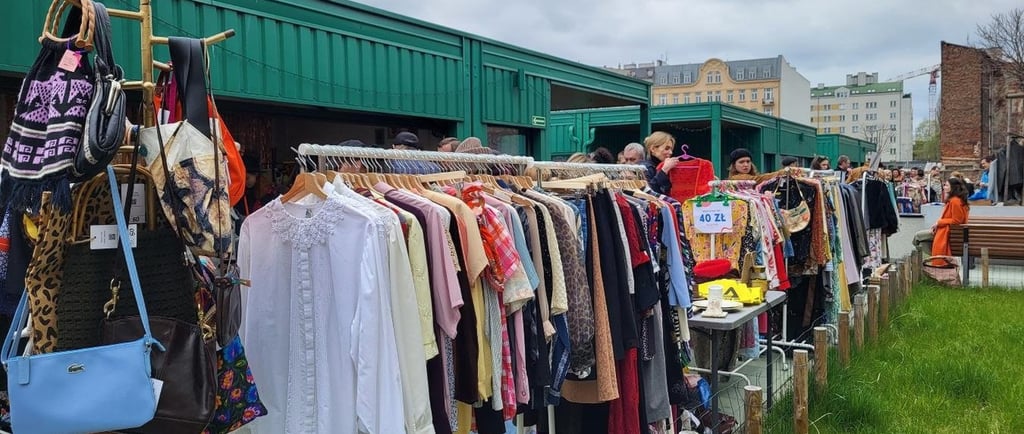

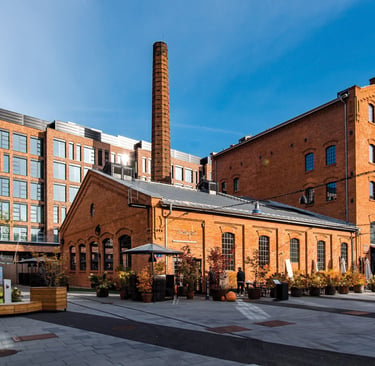

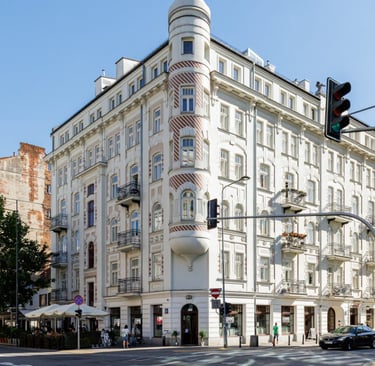

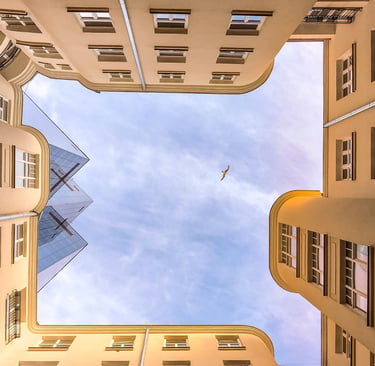

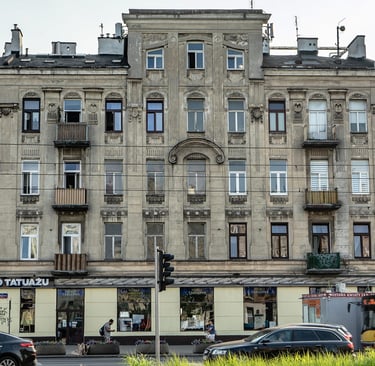

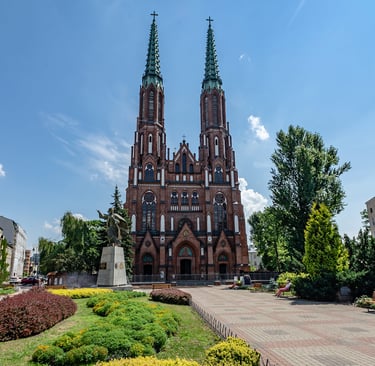

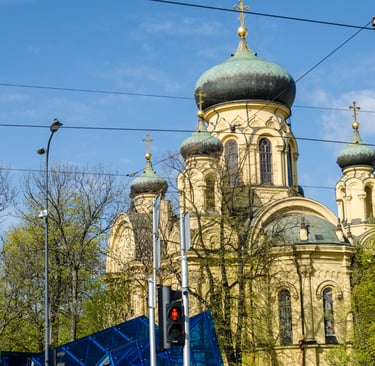

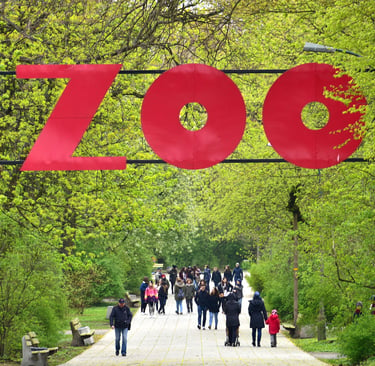

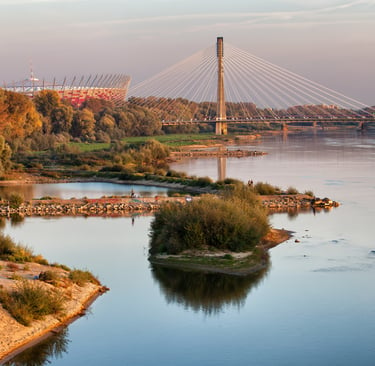

Contact
Contact us via email:
Subscribe to our newsletter!
office@tellmemoretravel.com
© 2025. All rights reserved.
